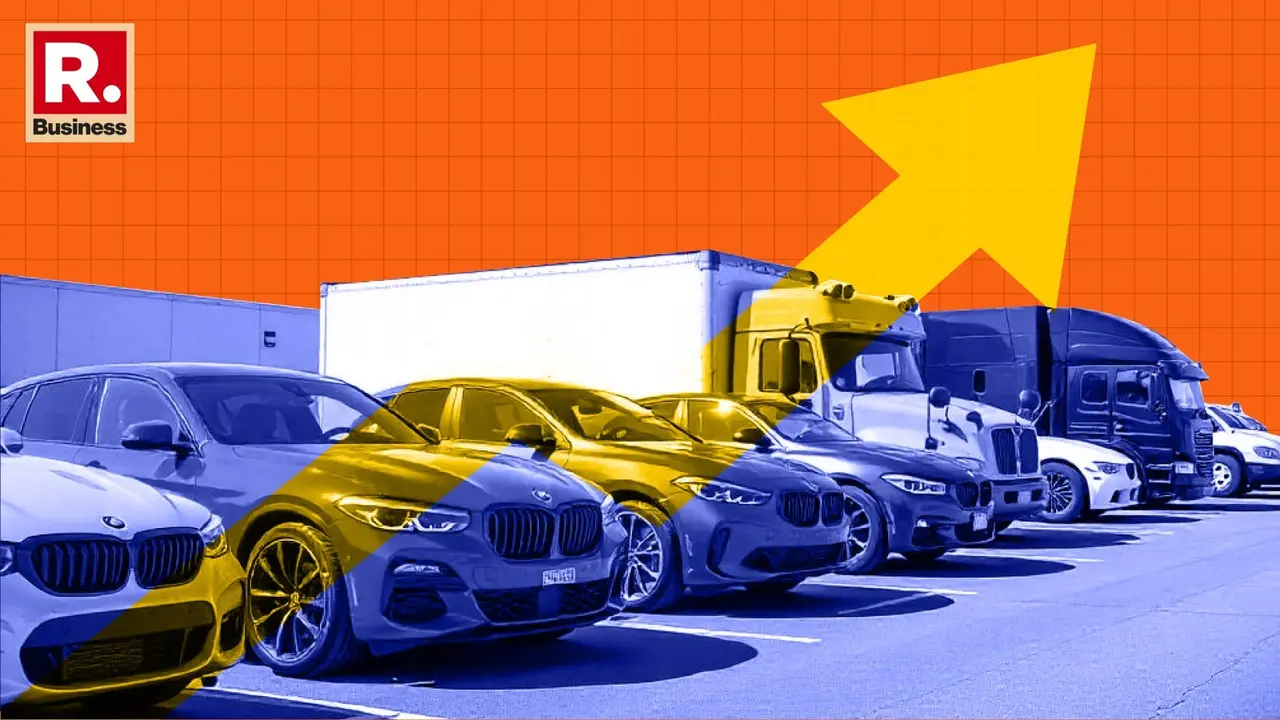Updated 8 June 2025 at 12:46 IST
Will Your Next Car Or EV Get Delayed? China’s Rare Earth Curbs Trigger Auto Supply Crunch
China’s rare earth export curbs are creating supply chain bottlenecks for India’s auto industry, particularly EVs and passenger vehicles. With inventories depleting fast, OEMs are seeking urgent approvals through diplomatic channels. While short-term relief seems likely, industry experts say long-term diversification and domestic processing are the only sustainable solutions.
- Republic Business
- 3 min read

India's auto sector is scrambling as China’s rare earth export restrictions, in effect since April 2025, begin to bite. The most immediate concern is for electric and internal combustion engine (ICE) passenger vehicles (PVs), and electric two-wheelers (E-2Ws), which heavily depend on high-performance rare earth magnets (HREEs) for motors and critical components.
Hemal Thakkar, Senior Practice Leader at Crisil Intelligence, flagged that while commercial and ICE two/three-wheelers may face limited disruption, PVs and E-2Ws are "most exposed to supply chain shocks.” Starting July, production cuts could hit ICE PVs, while E-2W inventory may only last another 1–1.5 months unless new sources are found.
China’s Dominance in the Supply Chain
The choke point stems from China controlling over 70% of global REE production and more than 90% of refining capacity. Despite Brazil and Australia holding significant reserves, China has strategic stakes in several foreign mines, limiting global diversification.
The export approval process has become complex, requiring Indian companies to pass through multiple bureaucratic steps, from domestic notarisation to Chinese embassy stamping and final licensing from China's commerce ministry.
As per a report by Emkay, Volkswagen has reportedly secured end-user certificates already, while around 8–9 Indian auto ancillary players have also received approvals. OEMs like Maruti Suzuki, Mahindra & Mahindra, and TVS Motors are either applying or awaiting clearances.
Read More - Aditya Birla Group Takes Asian Paints to Antitrust Watchdog - Report
“As we speak, supplies and stocks are getting depleted. And if there is no relief, July production will get seriously impaired,” warned Rakesh Sharma, Executive Director, Bajaj Auto as mentioned in the report by Emkay.
Government in Action, But Long-Term Fix Needed
The Indian Ministry of External Affairs is in active dialogue with Chinese counterparts, and a resolution may arrive in the next 2-3 weeks, say industry insiders. Yet, concerns loom large. According to Hemal Thakkar, even if an REE processing unit is fast-tracked in India, it would take 1.5 years to set up, and 2–3 years to establish a viable domestic supply chain.
“We are receiving strong support from the government and are hopeful of an early resolution,” said Vinnie Mehta, DG, ACMA as mentioned in the report by Emkay.
EV Ecosystem Faces Structural Hurdles
Unlike ICE vehicles, EVs, especially those using permanent magnet synchronous motors (PMSMs), have limited design flexibility. PV motors use rare earth magnets costing between Rs 2,000 and Rs 24,000, depending on features. Redesigning motors to use alternative technologies may take 6–12 months for PVs and buses, while E-2Ws could shift within 2–3 months.
“This EV supply chain disruption is certainly going to pose a short to medium-term challenge,” said Sudarshan Venu, MD, TVS Motor as per the report by Emkay.
Diversify or Disrupt
Experts agree that the current crisis, though likely to be temporarily resolved through diplomacy, has highlighted India’s overdependence on China. The industry must accelerate its roadmap for domestic rare earth exploration, refining, and magnet manufacturing to ensure long-term resilience.
Advertisement
Published By : Gunjan Rajput
Published On: 8 June 2025 at 12:46 IST
